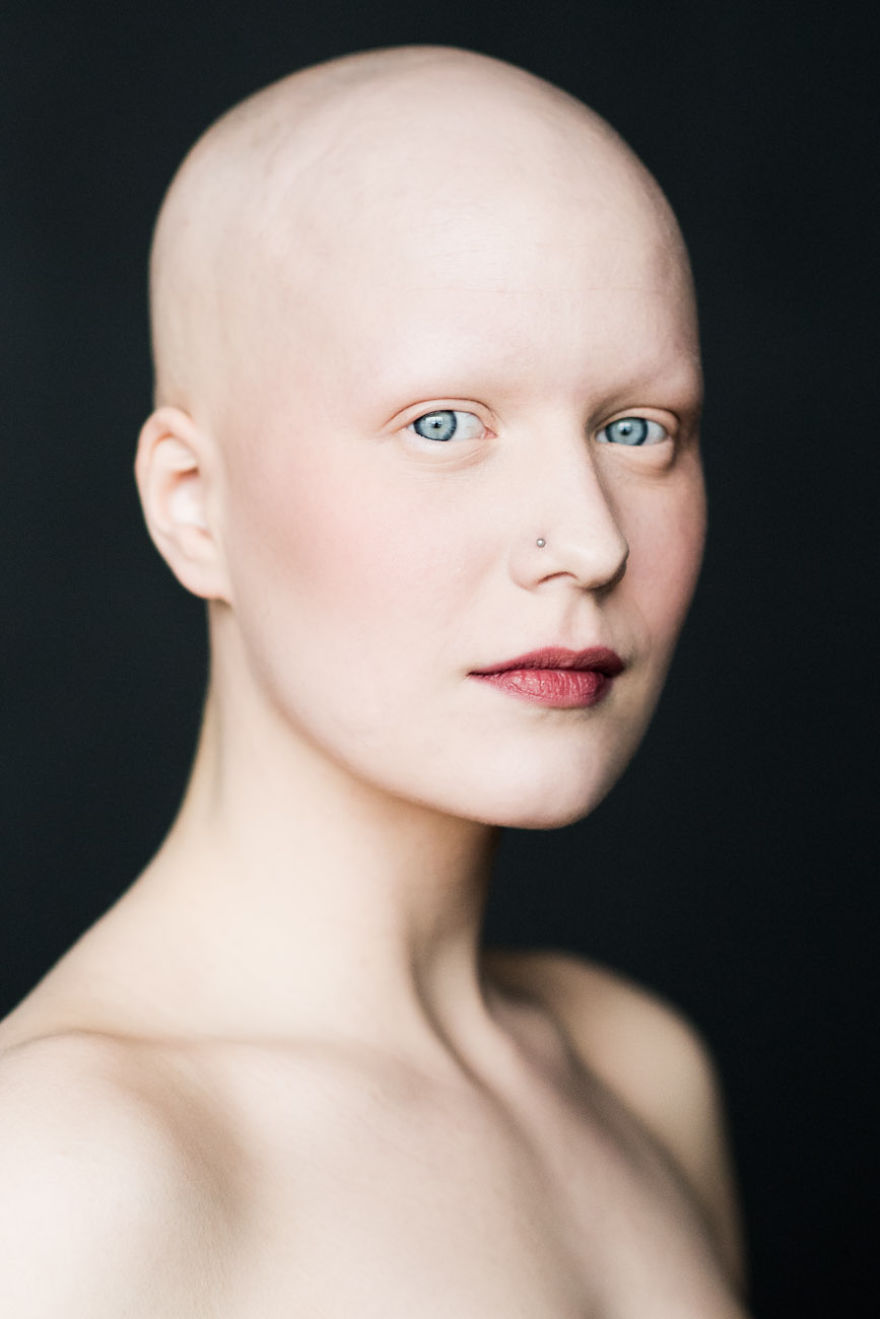|

CLICK ON weeks 0 - 40 and follow along every 2 weeks of fetal development
|
||||||||||||||||||||||||||||
A 'How To' guide for producing hair A University of Southern California (USC) led study addresses this question using insights gleaned from 3D assemblies of cells (organoids) that possess very basic skin structure. The work is published in the Proceedings of the National Academy of Sciences (PNAS). In the study first author Mingxing Lei, postdoctoral scholar at the USC Stem Cell laboratory run by Cheng-Ming Chuong, along with an international team of scientists, then dissociated skin cells from a newborn mouse. Lei took hundreds of timelapse movies to analyze these dissociated skin cells for analysis of what types of collective cell behavior these cells exhibited after being separated from each other. They observed that cells begin to form organoids — three-dimensional organ-buds — almost immediately, attempting to restore intracellular adhesion and communication. The cells transitioned through six distinct phases: 1) dissociated cells 2) aggregated cells 3) cysts 4) merged cysts 5) layered skin 6) skin with follicles, which went on to robustly produce hair after being transplanted onto the back of an adult mouse. In contrast, dissociated skin cells from an adult mouse only reached phase (2) aggregated cells, before stalling in development and failing to produce haircells. To understand the forces at work, scientists analyzed the molecular events and physical processes driving successful organoid formation of newborn mouse cells. "We used a combination of bioinformatics and molecular screening, to facilitate my analyses," adds Lei. At various points in time, the team observed increased gene activity related to: (1) collagen protein (2) insulin, regulating blood sugars (3) formation of sheets of cells (4) cell adhesion (5) cell death (6) differentiation of cells, and many other processes. By carefully studying these developmental processes, scientists obtained a molecular "how to" guide for driving individual skin cells to organize into organoids that can produce hair. They then applied this guide to organoids derived from adult mouse skin cells. By providing the right molecular and genetic cues in the proper sequence, they were able to stimulate adult organoids to continue their development into eventually producing hair. In fact, the adult organoids produced 40 percent as much hair as the newborn organoids — a significant improvement. "Normally, many aging individuals do not grow hair well, because adult cells gradually lose their regenerative ability. With our new findings, we are able to make adult mouse cells produce hair again. In the future, this work can inspire a strategy for stimulating hair growth in patients with conditions ranging from alopecia to baldness." Significance This study opens avenues to improve the ability of adult skin cells to form a fully functional skin, with clinical applications. Our investigation elucidates a relay of molecular events and biophysical processes at the core of the self-organization process during tissue morphogenesis. Molecules key to the multistage morphological transition are identified and can be added or inhibited to restore the stalled process in adult cells. The principles uncovered here are likely to function in other organ systems and will inspire us to view organoid morphogenesis, embryogenesis, and regeneration differently. The application of these findings will enable rescue of robust hair formation in adult skin cells, thus eventually helping patients in the context of regenerative medicine. Abstract Organoids made from dissociated progenitor cells undergo tissue-like organization. This in vitro self-organization process is not identical to embryonic organ formation, but it achieves a similar phenotype in vivo. This implies genetic codes do not specify morphology directly; instead, complex tissue architectures may be achieved through several intermediate layers of cross talk between genetic information and biophysical processes. Here we use newborn and adult skin organoids for analyses. Dissociated cells from newborn mouse skin form hair primordia-bearing organoids that grow hairs robustly in vivo after transplantation to nude mice. Detailed time-lapse imaging of 3D cultures revealed unexpected morphological transitions between six distinct phases: dissociated cells, cell aggregates, polarized cysts, cyst coalescence, planar skin, and hair-bearing skin. Transcriptome profiling reveals the sequential expression of adhesion molecules, growth factors, Wnts, and matrix metalloproteinases (MMPs). Functional perturbations at different times discern their roles in regulating the switch from one phase to another. In contrast, adult cells form small aggregates, but then development stalls in vitro. Comparative transcriptome analyses suggest suppressing epidermal differentiation in adult cells is critical. These results inspire a strategy that can restore morphological transitions and rescue the hair-forming ability of adult organoids: (i) continuous PKC inhibition and (ii) timely supply of growth factors (IGF, VEGF), Wnts, and MMPs. This comprehensive study demonstrates that alternating molecular events and physical processes are in action during organoid morphogenesis and that the self-organizing processes can be restored via environmental reprogramming. This tissue-level phase transition could drive self-organization behavior in organoid morphogenies beyond the skin. Additional co-authors include: Chao-Yuan Yeh, Ping Wu, Ting-Xin Jiang, and Randall Bruce Widelitz from USC; Linus J. Schumacher from the University of Oxford and Imperial College, London; Ruth E. Baker from the University of Oxford; Yung-Chi Lai from China Medical University; Wen-Tau Juan from China Medical University and Academia Sinica, Taipei; and Li Yang from Chongqing University. The authors declare no conflict of interest. Most of the experimental work was supported by U.S. federal funding from the National Institutes of Health (AR42177 and AR60306). The multi-disciplinary team members were also supported by nine non-U.S. sources: the China Postdoctoral Science Foundation (2016M590866); Fundamental Research Funds for the Central Universities (106112015CDJRC231206); Special Funding for Postdoctoral Research Projects in Chongqing (Xm2015093); the China Scholarship Council (2011605042); the Innovation and Attracting Talents Program for College and University (111 project grant B06023); the National Nature Science Foundation of China (11532004 and 31270990); the Academia Sinica Research Project on Nanoscience and Technology; the Ministry of Science and Technology of Taiwan; and the UK Engineering and Physical Sciences Research Council (EP/F500394/1). Return to top of page |
Aug 17, 2017 Fetal Timeline Maternal Timeline News News Archive  Society struggles with accepting bald women as people are not used to seeing them. People may assume that the woman is undergoing cancer treatment when she may simply have alopecia. Understanding how cells aggregate will also lead to other discoveries in organoid formation which will help other health conditions, including the growth of skin over injuries. Image credit: Sigga Ella photographer; making bald women more visible.
|
||||||||||||||||||||||||||||

